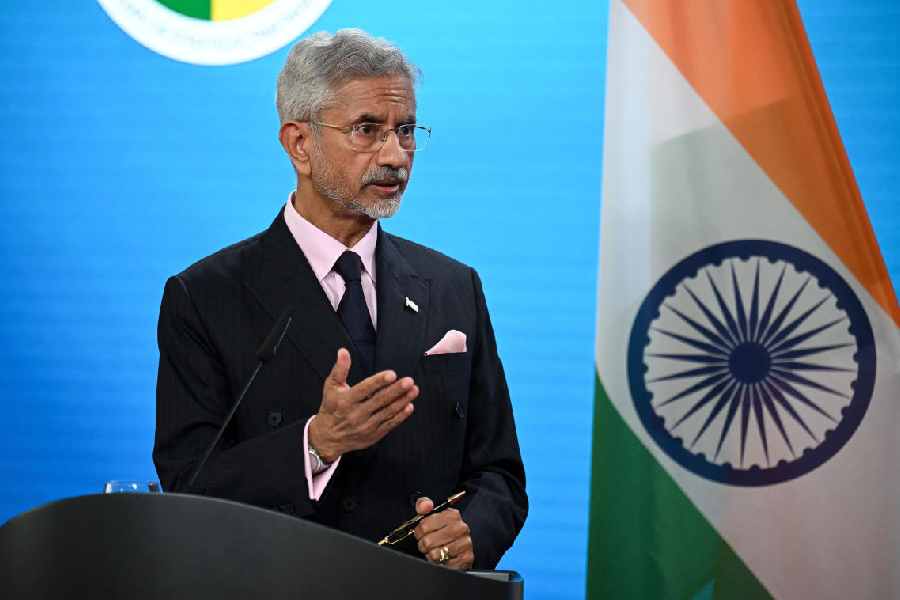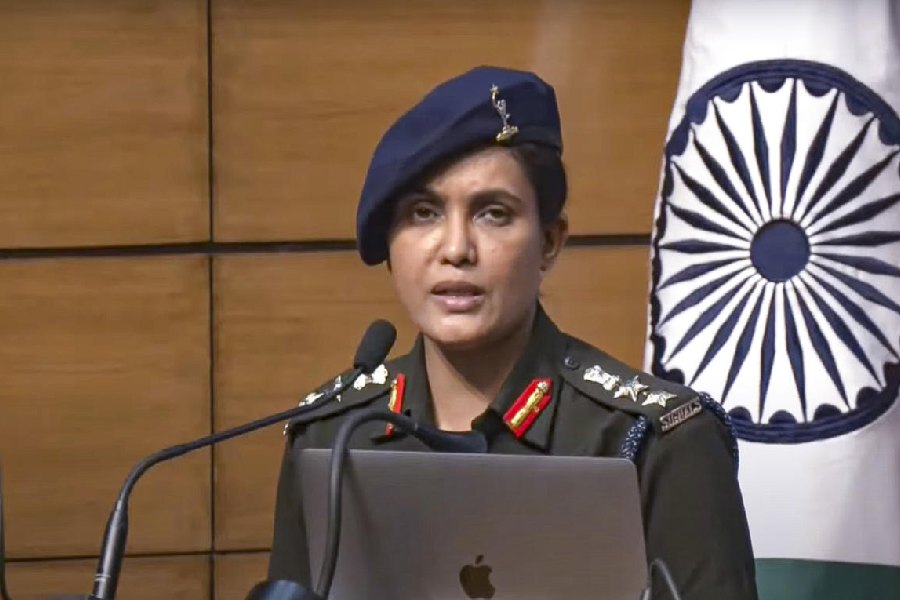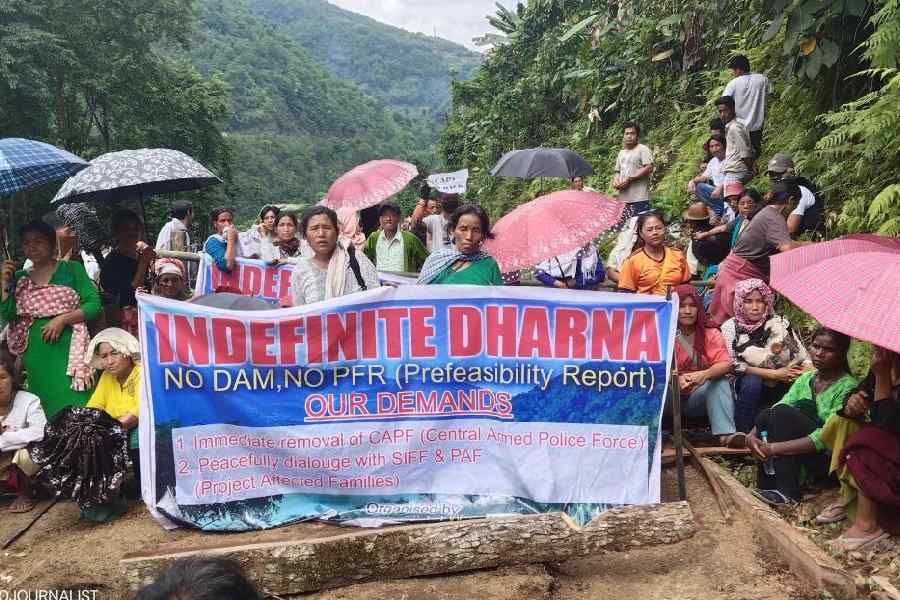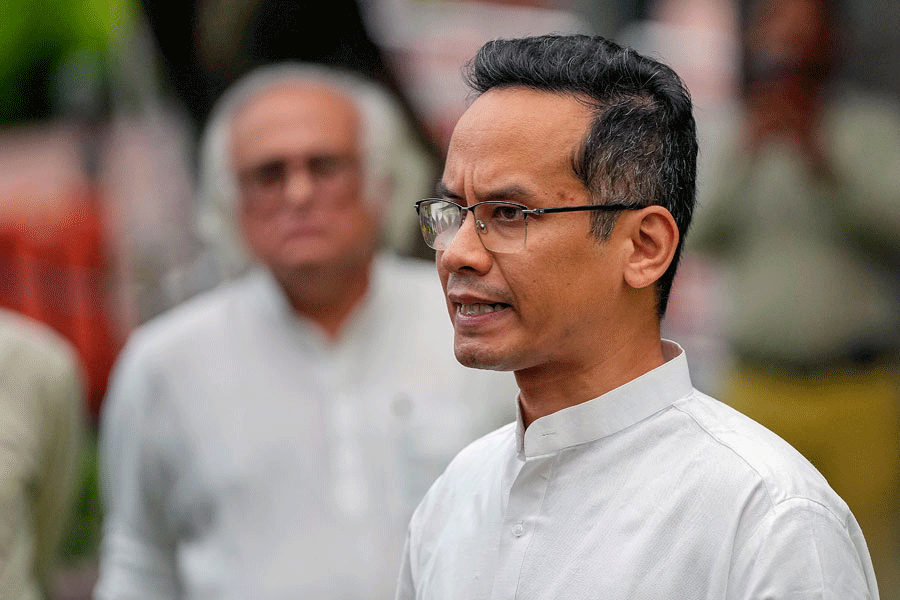|
|
Shinjan Nrityalay presented Nrityanjali, an evening of Odissi dance performance at Birla Academy on September 29. Under the able guidance of Aloka Kanungo, a renowned Odissi dancer and a senior disciple of Guru Kelucharan Mahapatra, the doyen of Odissi dance, the programme featured young students of the institution alongside a few senior dancers.
Divided into two parts, the programme commenced with mangalacharan, a traditional invocatory number to eliminate all obstacles. The young students proved their vigorous training and understanding of this dance style in batu nritya. Set to sthayi vadya and rhythmic patterns like arasa, khandi and tihai, this pure dance number was brilliantly choreographed by Kelucharan Mahapatra. Adrija, Ahana, Ananya, Diya, Pornita, Sagarika, Srayana, Srijita, Suranjana, Swaralipi and Urjashee were confident though careful in this number. It was heartening to see that they have mastered chowk, tribhangi, bhramari, the basic postures and elements of Odissi style, at such a tender age. Their teacher should be thanked for nurturing these young talents with dedication and devotion that are rare these days.
An abhinaya by Asmita Mohanty was enjoyable. With an Oriya song, “Kede chhanda jane ti sahi”, written by the poet, Banamali. The dancer depicted different stories of Lord Krishna like kaliyadaman, Putana badh, Bakasur badh and, finally, biswaroopdarshan with much vigour and verve. All these dramatic sequences were presented with soulful expressions and bold movements. The pranks of the child Krishna were beautifully sketched by Twissa Mitra. Dashavatar depicted the ten incarnations of Lord Vishnu through stylized movements, meaningful hand gestures or mudras, along with abhinaya. Buddhi, Mouli, Neha, Ayushi and others performed earnestly.
The second half of the evening began with jugmadwanda pallavi, almost synonymous with the late Sanjukta Panigrahi. Based on Raga Bageshree, this exquisite item was performed by Sayantani Banerjee. Through her lyrical movements and sculpturesque poses she tried her best to do justice to this number. Kaberi Sen, a senior student of Kanungo, offered pallavi based on Raga Hamsadhwani and taalmalika, another intricate choreography by Kelucharan Mahapatra. This presentation was marked by Sen’s confidence and grace.
Guru Nabakishor Mishra composed an unusual number narrating the story of a boatman. This abhinaya, Baidesh Bilas, was performed by Sriparna Bose and the song was written by Upendra Bhanja. The programme came to an end with Jaya Bhagavati, in praise of Goddess Durga. With her pleasing stage presence, Arpita Venkatesh explored the nuances of this dance style through supple body movements and authentic postures. The artists were accompanied by Debasish Sarkar and Vijay Jena in the songs and Giridhai Nayak and Sacchidananda Das on the pakhawaj.











